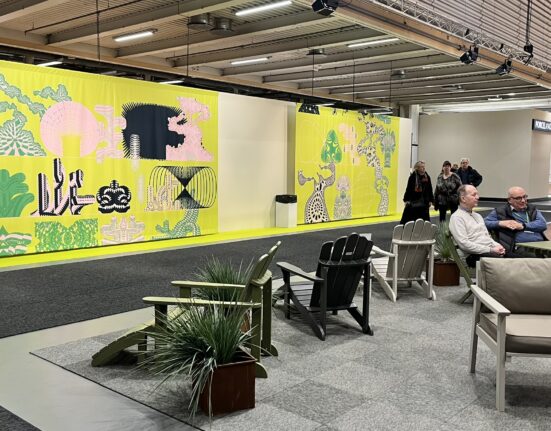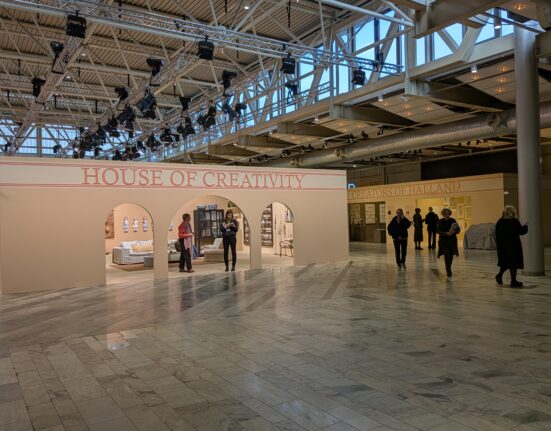Sweden and Norway share a 1,620-km border, the longest in Europe and in the two Scandinavian countries. The border runs through a gamut of landscapes from glaciers and fjords to steep cliffs and forests. Furthermore, both Nordic nations are part of the Schengen area of the European Union (EU) which means there are no passport or border checks for citizens of countries which are part of the Schengen agreement. While Sweden is a member of the EU and part of the EU customs union, Norway is not, and therefore, customs checks are done in both countries. However, there are deep historical and cultural ties between the two nations which led to extensive cooperation. From the three country cairn to authentic Sami culture, Sweden and Norway offer a unique blend of natural beauty and cultural legacies.
Iconic Landmarks
Generally, boundaries serve several key purposes from defining the territories to delineating ownership and rights to natural resources. In this regard, boundary surveys are usually undertaken to establish property lines. Boundaries are critical as well for trade and cooperation, dispute resolution, security and defense, and national or regional identity/culture. Survey markers may be used to define the territorial limit and as such, it is vital to know how to read and interpret them including symbols, markings, and abbreviations. Boundary pegging plans also contain vital info including boundary lines, reference points, and dimensions.
For example, the three-county cairn is a distinct geographical marker where the borders of Sweden, Norway, and Finland converge. Located in Kilpisjärvi in the far north, the meeting point represents three different cultures and languages. The site is popular among visitors who seek memorable and unique experiences. To get there, head to Sweden’s northermost city, Kiruna and go to Kilpisjärvi. From there, a 10.3km hike to Treriksröset will bring you to the exact spot where the three countries intersect.
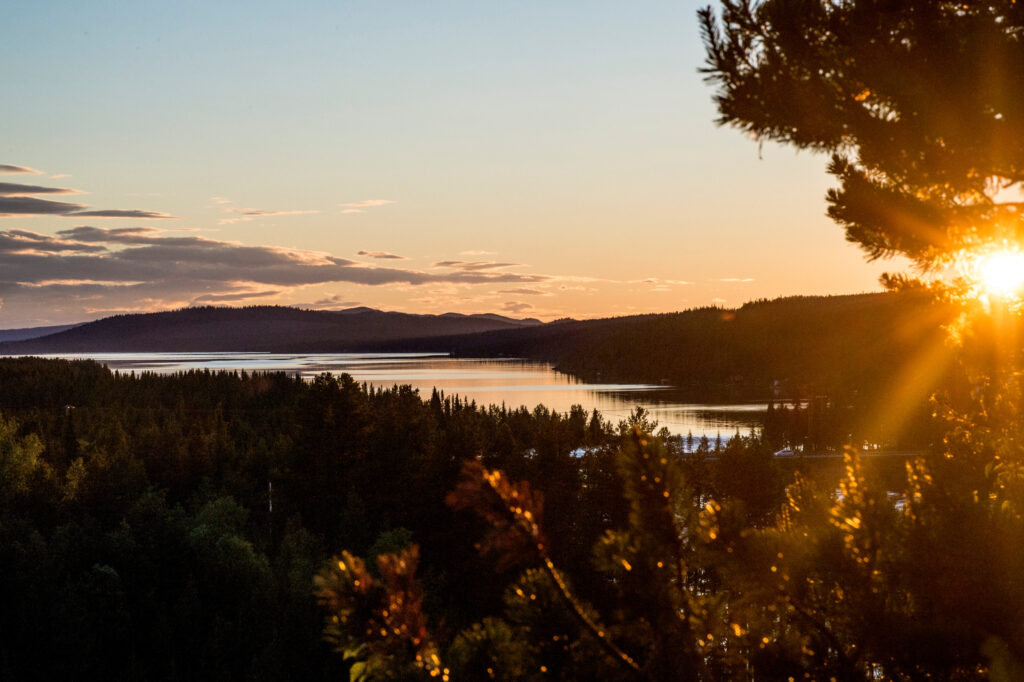
Wilderness and National Parks
The border region is characterized by enormous swathes of forests, sparkling lakes, and magnificent mountains ideal for outdoor sports such as hiking, fishing, and camping. Inhabited by the Sami people on both sides, visitors can experience their culture through a variety of activities including reindeer herding, traditional music, and handicrafts. In winter, the area also offers a plethora of outdoor recreational opportunities from skiing and snowmobiling to sledding and cross-country skiing. To illustrate, the Abisko National Park in northern Sweden near to the Norwegian border, boasts of gorgeous scenery including the Northern Lights in winter and the Midnight Sun in summer.
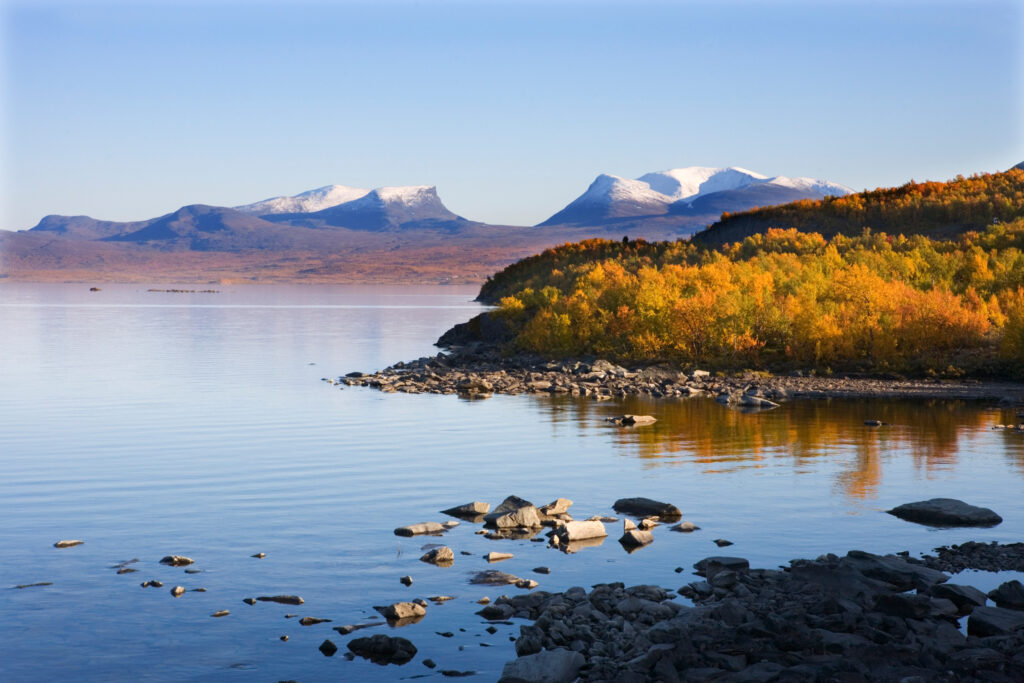
Sarek Park, which is one of Europe’s largest and oldest national parks, is famed for its rugged terrain, breathtaking peaks, and fabulous glaciers. It is just 50km from the Norwegian border in Jokkmokk municipality. For visitors who wish to explore the coast, Strömstad town, close to the Norwegian border is a magnificent city known for its picturesque nature, maritime history, and cultural scene. Sweden’s first marine national park, Kosterhavet National Park, offers excellent opportunities for hiking, nature watching, snorkeling, and kayaking. The Strömstad archipelago, on the other hand, boasts lovely islands and rocky outcrops. Boat tours and fishing trips are possible to explore the stunning archipelago.
Historical Sites
Several historical sites near the border of Sweden and Norway are worth mentioning. For instance, there’s an open museum in Värmland near the Norwegian border. It showcases the military history of Sweden and its border defenses against Norway. The museum also includes fortifications and exhibitions about the history of the region. In Norway, visit Røros which is a UNESCO World Heritage site. The mining town features well-preserved wooden buildings as well as a fascinating history of copper mining in the region. The town of Strömstad has several historic sites, too including the 18th-century Strömstad Church and medieval Bohus Fortress.
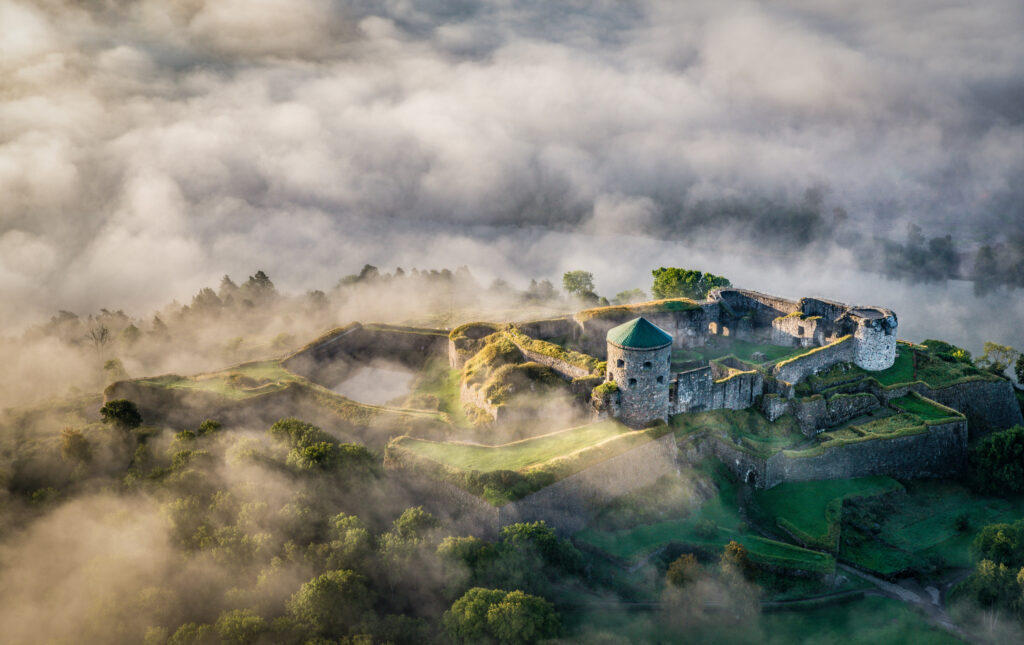
In addition to the indigenous Samis and their traditions, you can also explore the charming border villages with a blend of Swedish and Norwegian influences. Visit Kilpisjärvi for its magnificent Arctic landscapes or go to Abisko for hiking and exploration of the wildnerness. Norway’s border villages are just as quaint as those in Sweden. Narvik’s bustling town is rich in history and is known as the gateway to the Arctic offering stunning fjord views while Kirkenes provides ample opportunities to experience the Arctic lifestyle as well as see the amazing Northern Lights. For serious skiers and snowboarders, Trysil is a lively town with a vibrant atmosphere.
The long border between Sweden and Norway is significant because of shared economic, historical, and cultural ties. It also offers many opportunities to see outstanding natural beauty, important landmarks, and historical/cultural sites.









